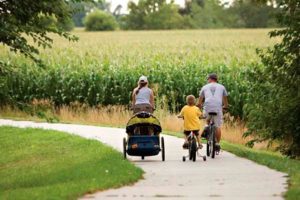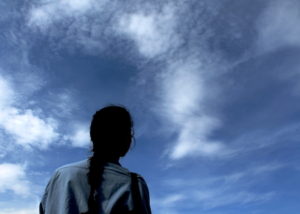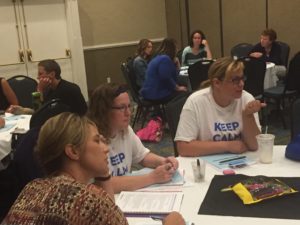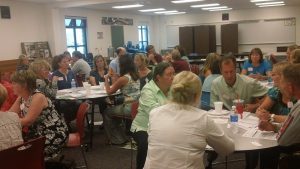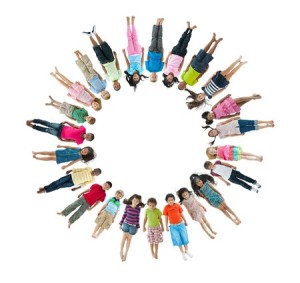 This blog was originally published by Tamarack Institute.
This blog was originally published by Tamarack Institute.
Before launching a new initiative, I often advise groups to have “100 Cups of Coffee.” Not to be confused with the popular Futurama Frye video clip, 100 Cups of Coffee is a way to understand the complexity of an issue, build relationships with key people and organizations, and discover opportunities for synergy.
For instance, I was recently asked to design a statewide collective impact initiative to advance early childhood learning. Even though I have over 20 years’ experience launching complex initiatives, I approached the project with a “beginners mind” – resisting set assumptions about what is needed, or what will advance the cause. Continue reading “100 Cups of Coffee”

